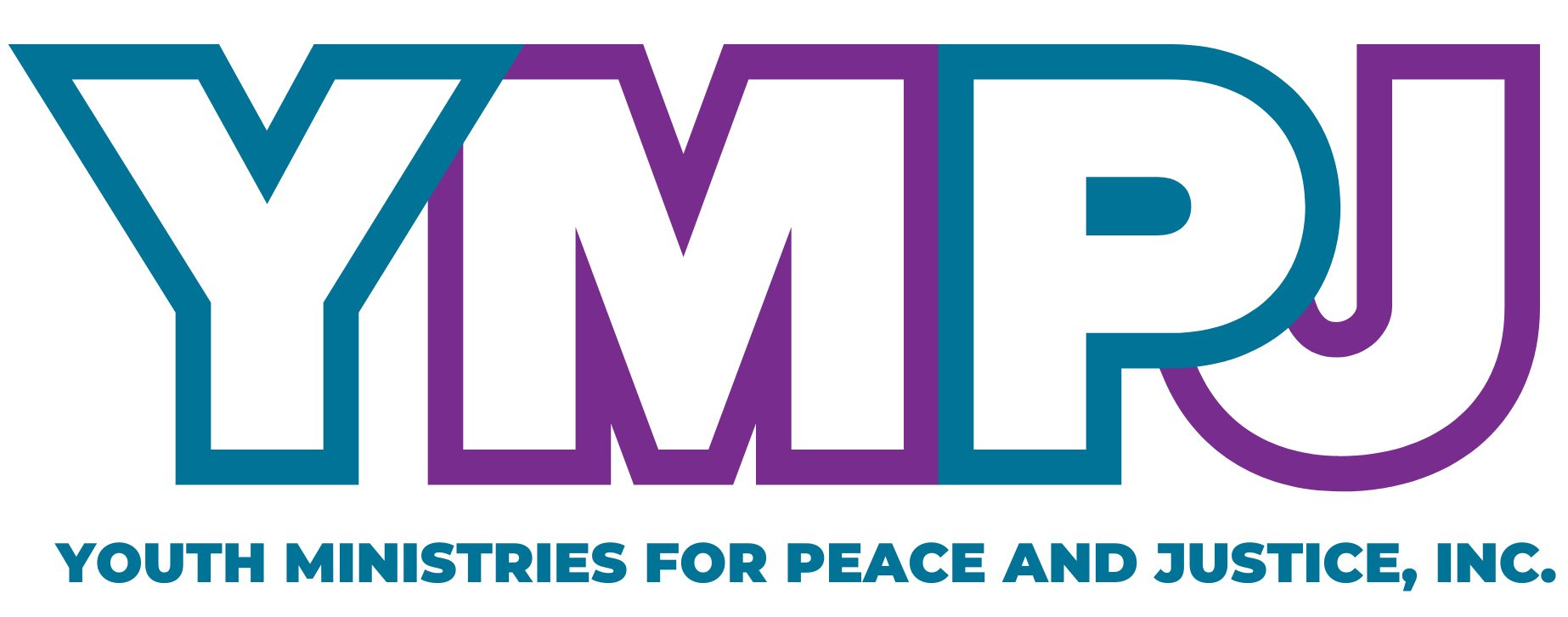BUILD FOCUS INTO THE FABRIC OF YOUR ORGANIZATION
Strategic planning is the creation of the method(s) you use to decide on your organization’s purpose. You can then choose the important first steps you must make to carry out the plan. A well-informed, careful plan will make sure you provide services in the best possible way.
The plan should have a macro view of your organization’s direction in detail. This way it can be applied to your day-to-day operations. But be prepared to monitor and update your plan regularly to get the most out of it.
Why monitoring and evaluation is important
Everyone agrees that monitoring and evaluation are key, but many companies struggle to strike a balance.
With LSC you can expect to learn:
The Basics of Monitoring and Evaluation
How to use quantitative and qualitative approaches to track progress
Using quantitative and qualitative data to make change

Strategic planning helps your organization not lose focus througout the year. Never forget where you’re going.
How to measure success
What happens when results are not what you want them to be?
When stakeholders don’t understand the impact your work is having, when donors are unsatisfied with results and the program isn’t making a difference, when employees can’t connect the dots, and when the program hasn’t the potential to have an impact…
Build bridges to measure success
Do you know how to build bridges with key stakeholders?
How to use communication to build bridges with stakeholders
How do you know when your nonprofit is being effectively managed?
In many ways, measuring the impact of your work is a lot like trying to guess the results of a lottery. You have a winning ticket that pays you a set amount of money, and for the first month or two, you can just sit around and enjoy it.
What should be monitored
Monitoring is a process that helps you understand how well the organization is functioning and what factors are influencing the results you are achieving. (Measuring, as the authors note, refers to something much broader: You might be measuring in the software program you use to plan your work, or to the e-mails that get sent.)
A goal, such as increasing the number of women employed by your organization, might be something your organization tracks. You may also want to look at things like the quality of your work, how often your clients come back to you, and how much information you get from clients.
Monitoring allows you to see changes, trends, and problems. Monitor something, for example, and you’ll be able to see whether it has improved, reversed, or stagnated over time.
What should be monitored
In practice, there are many ways to track changes in your nonprofit’s impact.
The most common systems for monitoring impact look at rates of recidivism, improvements in key measure areas, or new services offered.
Examples:
Management Reporting Systems (including staffing and budget reports)
Development Reporting Systems (use to monitor activities related to one-time fundraising campaigns, to measure changes in fundraising, to track other pre-determined performance measures)
Fundraising Reporting Systems (use to track donations, gifts, gifts per gift, and number of donors)
Research
Of course, there’s always the option to create your own metrics.
But where does the nonprofit begin?
Building a monitoring and evaluation system
First, consider what you actually want to measure.
Special Consideration
The Valuation of the Organizational Member
Even nonprofit leaders who know they’re making a difference and the work is valuable don’t do much to measure or evaluate their efforts. This lack of appreciation has the predictable result of the nonprofit engaging in budget-busting projects and overstaffing, only to end up disappointed at the end of the year.
It’s not that these nonprofit leaders don’t know how to evaluate themselves (though there’s definitely some truth to that), but it is that they don’t understand the business case for doing so.
The short answer: You have to know what kind of value your work is creating so you can show your stakeholders.
